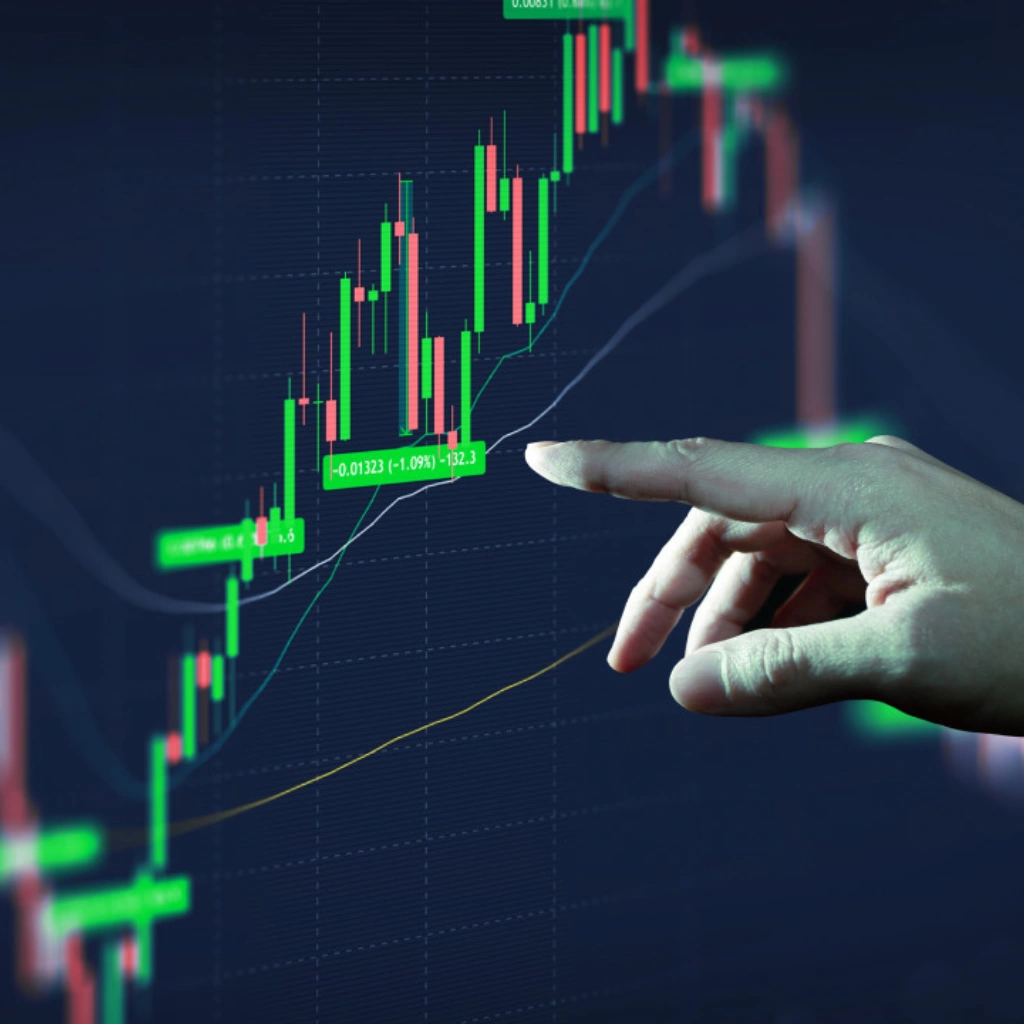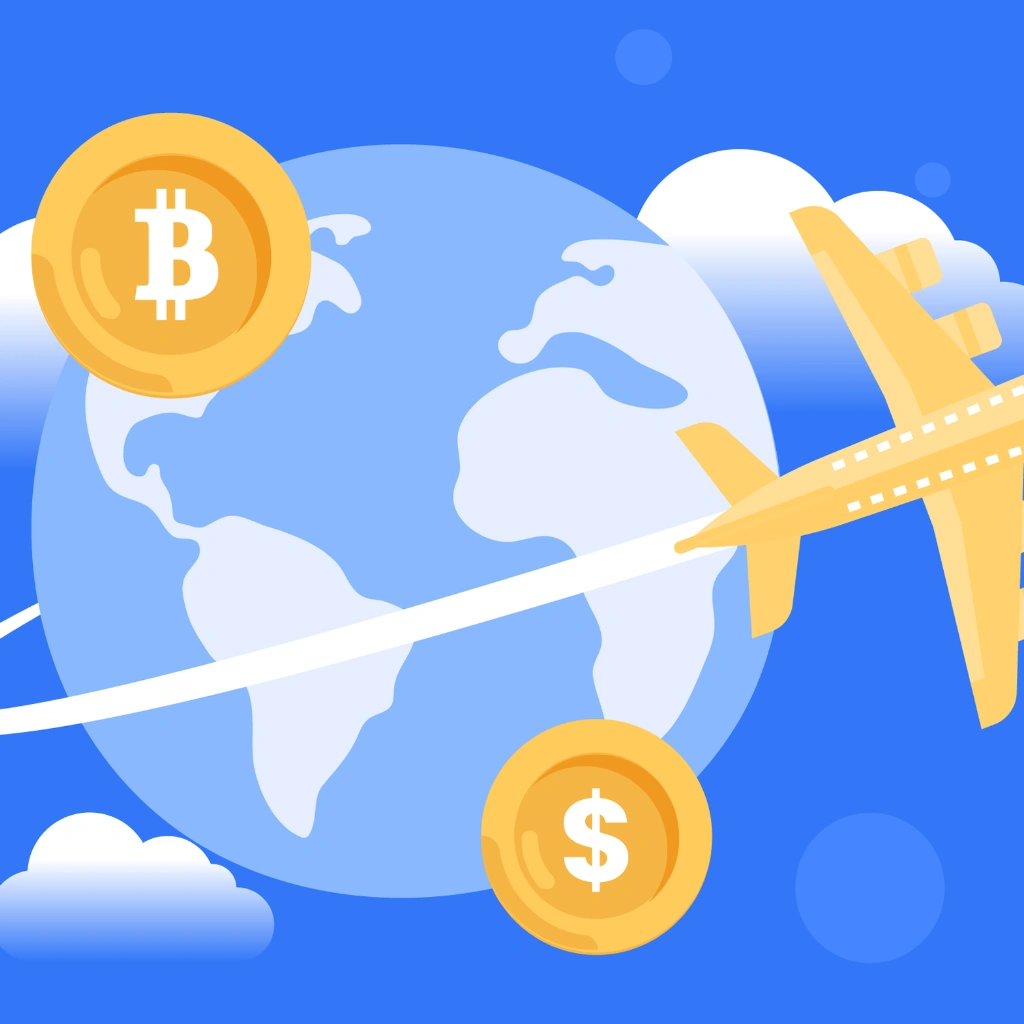The spot vs futures debate is one every trader faces eventually. Both have their die-hard fans, and both can be profitable—if you know how they work. But if you’re new to trading, the differences might seem murky. Let’s clear things up without drowning in technicalities.

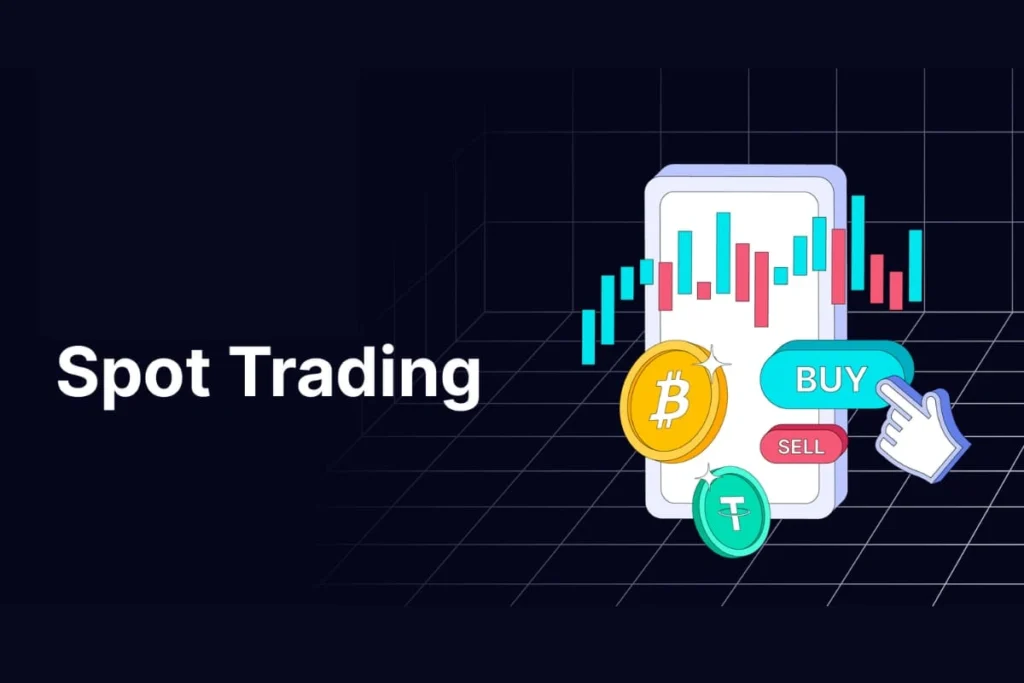
1. Spot Trading: Instant Trades, No Waiting
Spot trading is as straightforward as it gets—you buy or sell an asset at its current price, and the deal settles almost immediately. It’s like walking into a store, paying the listed price, and walking out with your purchase. No future commitments, no complex contracts—just a simple exchange.
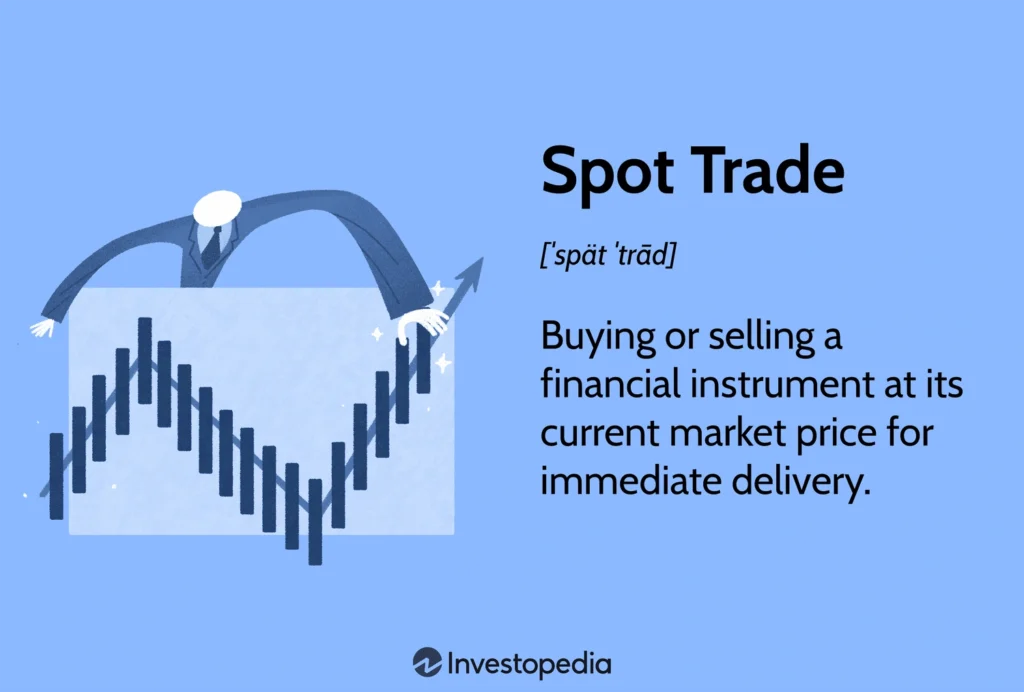
One of the biggest advantages? What you see is what you get. The price on the screen is the price you pay, with no surprises down the road. That makes spot trading a favorite for short-term traders and crypto buyers who want immediate ownership.
But there’s a downside: spot markets move fast. If prices crash, you’re fully exposed unless you’ve got a backup plan. And unlike futures, you’re usually trading with your own capital, meaning no leverage to amplify gains (or losses).
2. Futures Contracts vs Spot Trading: The Power of Leverage and Time
Futures trading is where things get more strategic—you’re not buying an asset today, but agreeing to buy or sell it at a set price on a future date. It’s like reserving a product now at today’s price, even if the market shifts later.
This opens up some powerful tools. Leverage, for one, lets you control large positions with relatively little money. That can mean bigger profits—but also bigger losses if the market moves against you. Then there’s hedging, where businesses and traders lock in prices to protect against wild swings. A farmer might use futures to guarantee a good price for crops months in advance.
The catch? Futures come with expiration dates. If you’re not careful, you could end up obligated to buy or sell something you never intended to handle. And since leverage cuts both ways, a bad bet can hurt more than in spot trading.
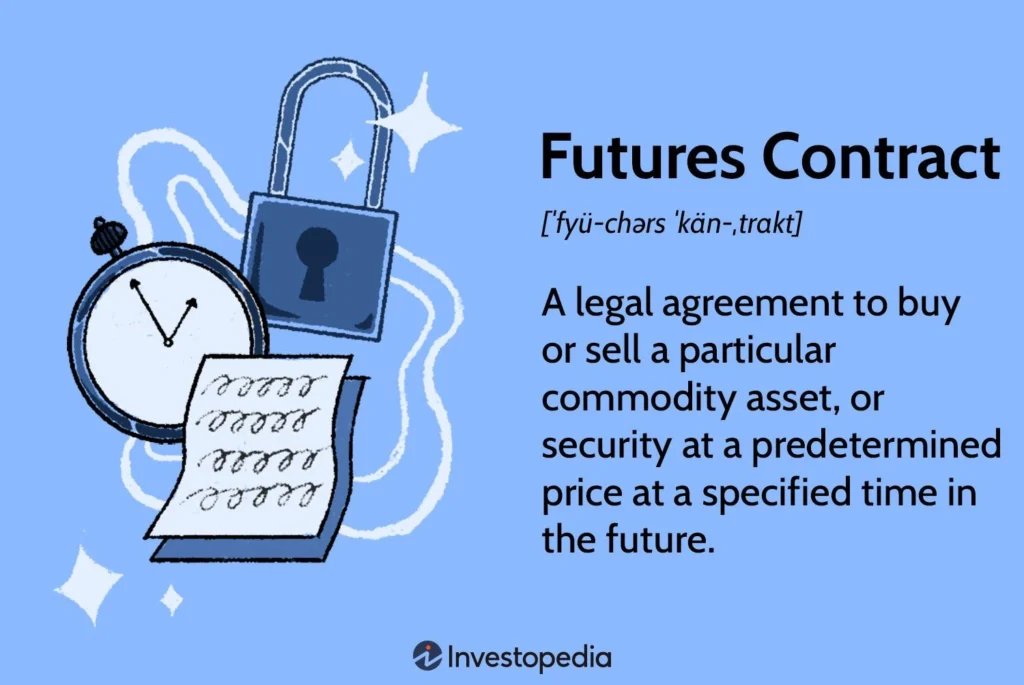
3. Spot vs Futures: How to Choose What’s Right for You
So which one should you pick? It really depends on your style.
Spot trading keeps things simple. If you like knowing exactly where you stand and prefer to avoid debt, it’s probably the better fit. Day traders and crypto investors often stick with spot markets for their speed and transparency.
Futures, on the other hand, are for those who want more tools—leverage, hedging, the ability to profit from falling markets. But they also demand more discipline. One wrong move with high leverage, and you could wipe out your account faster than in spot trading.
If you’re unsure, there’s no harm in trying both with small amounts. Some traders use spot for quick moves and futures for longer-term strategies. The key is knowing the risks before diving in.
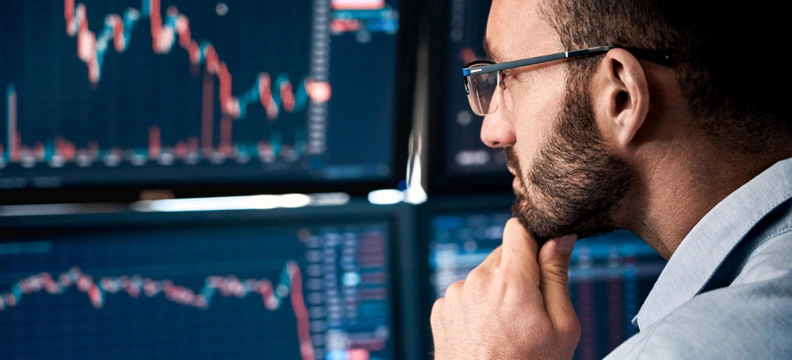
Final Thoughts
When it comes to spot vs futures, there’s no universal winner—just what works for your goals and risk tolerance. Spot trading is simple and immediate, while futures offer flexibility and power (with added complexity). Whichever you choose, start slow, stay informed, and never risk more than you can afford to lose.
Relevant news: here

